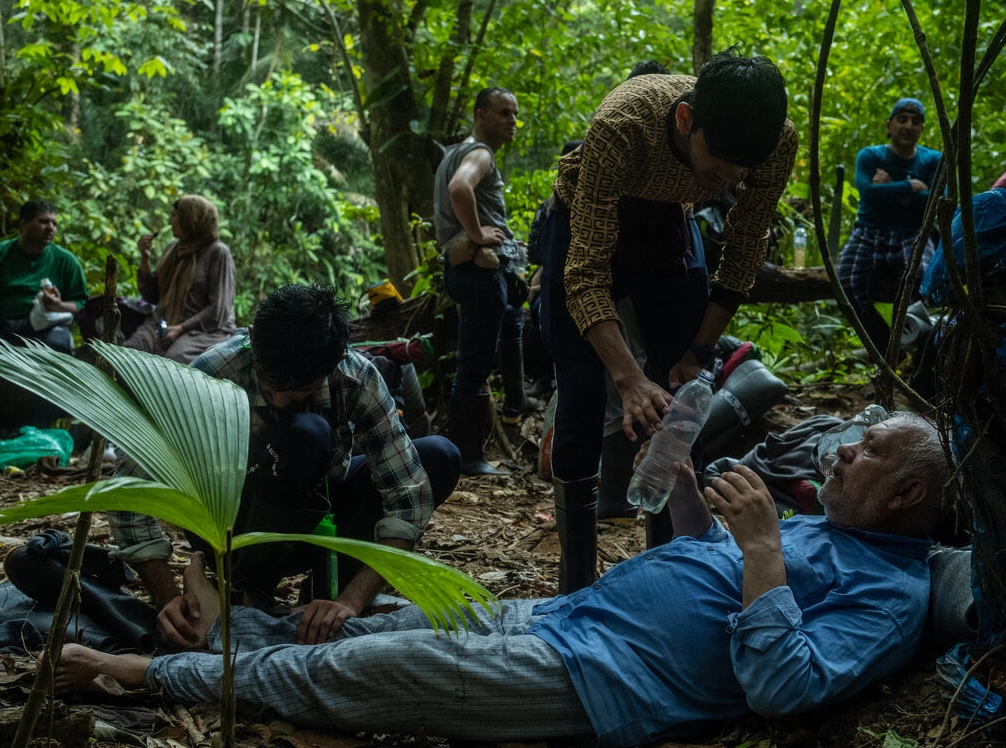In the years following the US withdrawal from Kabul, a significant number of Afghans who had partnered with the United States found themselves embarking on a perilous quest for safety, hoping to seek asylum in the United States. Their arduous journeys, marked by danger and uncertainty, have led them to the US-Mexico border, where they face numerous challenges and navigate a complex asylum process.
According to The New York Times, Afghan asylum seekers include lawyers, human rights advocates, and former members of the Afghan government, among others. Their decision to flee their homeland stems from a sense of urgency and a deep-rooted fear of the Taliban’s retribution. They believe that the United States, despite their years of collaboration, has left them behind.
The exodus of Afghan allies has brought them to South America, where they join the vast tide of migrants hoping to enter the United States. One of the most treacherous legs of their journey is the daunting crossing of the Darién Gap, a rugged and hazardous region connecting North and South America. Recent data from Panama reveals that approximately 3,600 Afghans have undertaken this dangerous crossing since the beginning of 2022.
Once at the US-Mexico border, these asylum seekers face a myriad of challenges. Many recount instances of being robbed, extorted, kidnapped, or even incarcerated during their journey. Their plight speaks to the desperate circumstances they find themselves in and the hardships they endure in their pursuit of safety and refuge.
The stories of these Afghan individuals highlight the broader implications of the US withdrawal from Afghanistan and raise questions about the responsibility of nations in providing support and protection to those who collaborated with foreign forces during the conflict. The situation at the US-Mexico border also underscores the urgent need for effective and compassionate solutions to address the plight of these displaced Afghans.
As the world witnesses this ongoing exodus and the struggles faced by Afghan asylum seekers at the US-Mexico border, it prompts discussions on immigration policies, humanitarian responses, and international cooperation. It calls for a comprehensive approach that acknowledges the complexities of forced displacement and seeks equitable resolutions to address the urgent needs of these individuals.
The current circumstances serve as a stark reminder of the pressing need to prioritise the well-being and safety of vulnerable populations caught in the midst of a humanitarian crisis. It is imperative that governments, international organisations, and communities work together to ensure that these Afghan allies are provided with the support and protection they need to rebuild their lives and secure a future free from fear and uncertainty.





